Maybe you’ve always wanted a beautiful white smile. Or your teeth have yellowed over time. Or you’re not happy with the staining that results from drinking coffee, tea or cola. Whatever your reason for wanting whiter teeth, you’re not alone.
Just like we all have different hair and skin color, people also have different tooth color. Some teeth are more yellow than others, while others yellow with aging. Your natural tooth color can also be affected by many factors.
Surface stains and internal discoloration can be caused by:
- The natural aging process
- Using tobacco (smoked or chewed), drinking coffee, tea, colas or red wine, and eating pigmented foods such as cherries and blueberries.
- Accumulation of plaque and tartar
- Ingesting too much fluoride (more than 2 parts fluoride per million parts water) when teeth are forming, which gives teeth a “mottled” look.
- Treatment with the antibiotic tetracycline during childhood
- Trauma to the teeth that may cause a brown, gray or black color
There are many reasons for whitening your teeth, including:
- The boost to your confidence and self-esteem that comes from a great smile
- A younger appearance
- A special event such as a wedding, job interview or class reunion
- To make a positive first impression on others
- To simply reverse years of everyday staining and yellowing
- Before beginning any whitening procedure, be sure to consult with your dentist. Only he or she can evaluate whether you’re a suitable candidate for a particular treatment.
My teeth shade?
There’s no one standard system in the dental field to measure and determine tooth color. Nor is there an exact answer to how white your teeth can become-every person’s situation is unique. One commonly used reference tool, however, is a shade guide.
One of the more common shade guides divides tooth color into four basic shade ranges:
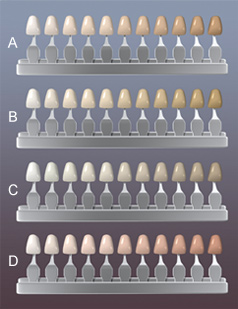
- A (reddish brown)
- B (reddish yellow)
- C (gray)
- D (reddish gray)
Within each range are different levels of darkness — which results in a chart detailed enough for almost everyone to find their exact tooth color on the guide.
To use such a guide, simply match your current tooth color to the corresponding color on the chart. This gives you a starting point as you determine how much whiter you’d like your teeth to be.
How white should your teeth become? That depends.
There’s no one right way to whiten your teeth. Some people want an instant and dramatic change, while others prefer more gradual whitening such as the type that results from a whitening toothpaste or gel. Final results depend on your natural tooth color, how stubborn any stains are and the treatment you choose. Keep in mind that:
- A change of just two or three shades can make a noticeable difference in just about anyone’s smile
- While whitening can occasionally change tooth color nine or more shades, the majority of people who whiten their teeth see a change of between two and seven shades
- Each procedure has its advantages and disadvantages. Laser whitening and other in-office bleaching procedures, for example, may produce the most dramatic results, but cost significantly more.
Next part On How White My Teeth Can Get coming up next..




















































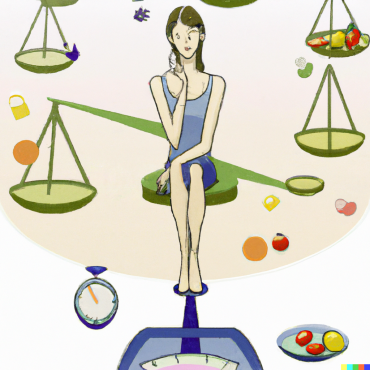
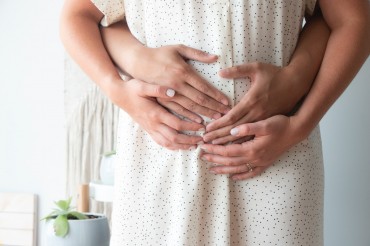
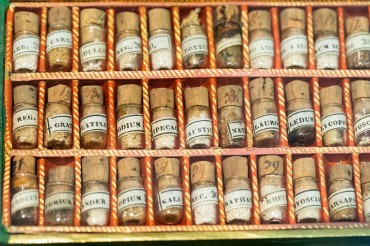
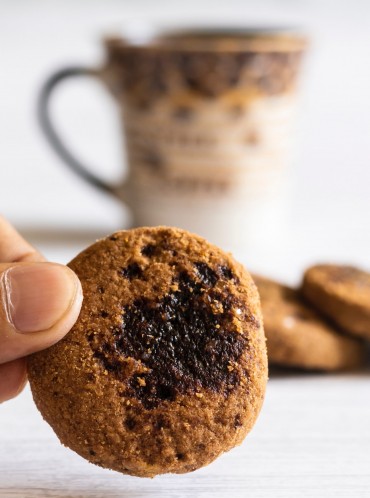

Comments